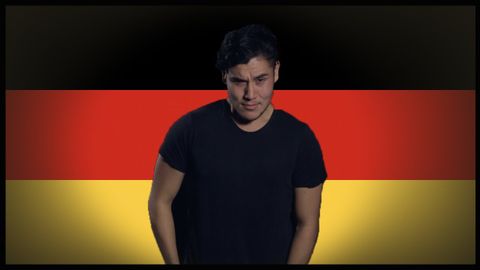
Subtitles & vocabulary
Flag Friday! Germany Geography Now!
00
林宜悉 posted on 2020/04/04Save
Video vocabulary
pretend
US /prɪˈtɛnd/
・
UK /prɪ'tend/
- Verb (Transitive/Intransitive)
- To act as if something is true when it is not
- Adjective
- Not real; imaginary.
A2TOEIC
More pattern
US /ˈpætən/
・
UK /'pætn/
- Noun (Countable/Uncountable)
- Model to follow in making or doing something
- Colors or shapes which are repeated on objects
- Transitive Verb
- To copy the way something else is made
- To decorate with a pattern.
A2TOEIC
More completely
US /kəmˈpliːtli/
・
UK /kəmˈpli:tli/
- Adverb
- In every way or as much as possible
- To the greatest extent; thoroughly.
A1
More evolve
US /ɪˈvɑlv/
・
UK /ɪ'vɒlv/
- Verb (Transitive/Intransitive)
- To develop certain features
- To develop or change slowly over time
B1
More Use Energy
Unlock All Vocabulary
Unlock pronunciation, explanations, and filters
